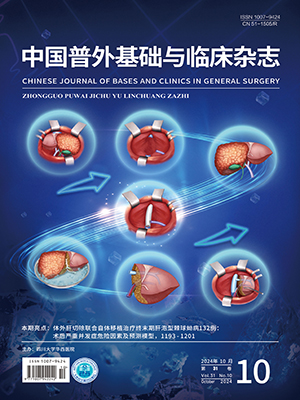1The surgical treatment for the recurrent groin hernias
Ever since the advent of elective surgical intervention for inguinal hernia recurrences have been observed. Indeed, many of the modern surgical techniques for herniorrhaphy were devised specifically to minimize recurrence rates. For many reasons it has been difficult to actually quantify a true recurrence rate for inguinal hernia repair. Surgeons use a variety of anatomic and “tension free” mesh repairs when fixing a symptomatic groin heria. In general the recurrence rates for each type of repair have been reported and vary from 0.5% to 10% in the current literature. One factor contributing to the broad range of recurrence is the duration 0 follow up. While most recurrences are noted within 2 to 5 years of the original repair, patients often do not seek repair of the recurrence for some 10 to 15 years following the original operation. Longterm follow up is necessary to appreciate the outcome of hernia repair.
In the early 1970’s Dr L M Nyhus taught me the preperitoneal approach to the repair of groin hernia. Introduced it into my practice at the time initially restriction its use to to the repair of recurrent groin hernia but eventually enlarged the indications to include high risk patients, patients with incarcerated hernia, femoral hernia and when I felt the surgical resident needed instruction in the anatomy of the groin. I have used the preperitoneal approach for the repair of groin hernia over 3 000 times in general and specifically for the repair of recurrent groin hernia in over 750 patients. The results have been most ratifying. For first time recurrent groin hernia repair the recurrence rate for over 90% of patients followed five years was 1.6%.
Citation: A. Gerson Gereenburg. The Surgical Treatment for Abdominal Wall Hernia. CHINESE JOURNAL OF BASES AND CLINICS IN GENERAL SURGERY, 2003, 10(1): 69-70. doi: Copy




